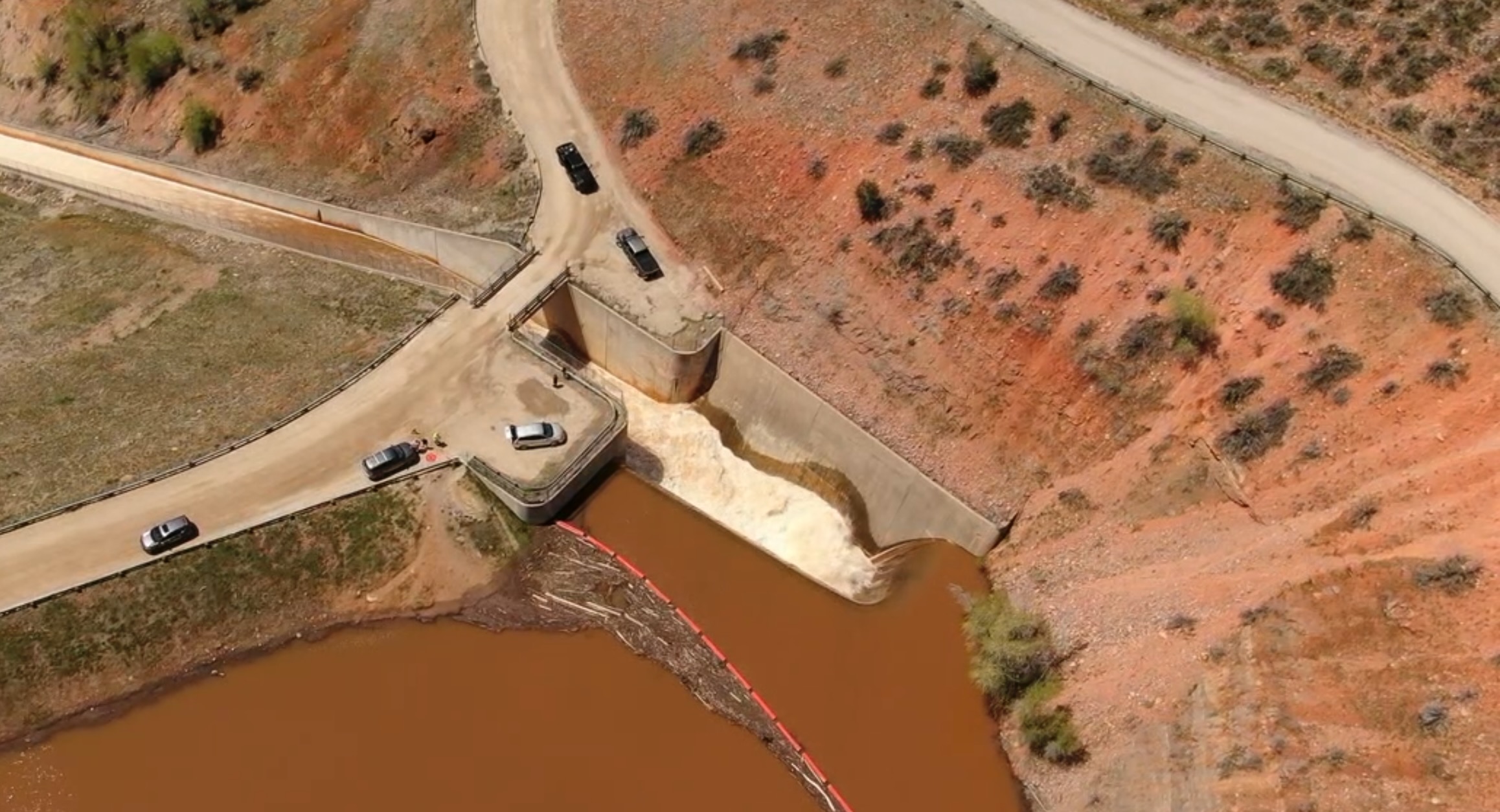All spring long, FOX 13 News shared stories on the historic snowpack that fell upon Utah during the winter season. So why all the talk about snow on a hot July day? Because it actually matters right now.
The Natural Resources Conservation Service’s Snow Survey Program just released its July Utah Climate and Water Report, and for a state caught in a historic years-long drought, the news is good.
“Just to celebrate how great this last winter was, as a reminder, we broke the all time records for snowpack in the state of Utah,” said Jordan Clayton, head of the Utah Snow Survey.
According to the Utah Division of Water Resources, Utah receives 95% of its water needs from snowpack. That snowpack fills the state’s reservoirs and helps carry the state’s water needs through dry years.
"Eighty-six percent of our reservoir system in Utah is full, which is excellent right now. And that's a lot higher than it was last year, 28% higher than last year. So that's really outstanding," said Clayton.
“That just reflects all that water that came down off the mountains.”
As the snow continues to melt during the hotter months, Utahns have been reaping the benefits.
“Agriculture, of course, draws heavily from our reservoirs," added Clayton, "all of our municipal needs for water come from our storage. We really need those reservoirs to be as full as possible. And then of course, from a recreation perspective, there's a lot of interest in just being able to play out on the water.”
Does all the water mean Utah is officially out of the historic drought? Clayton cautions against an early celebration.
“That water isn't going to last forever. We need to make sure that we hold on to as much of that water as possible so that we'll have it for the next several years, because we have no guarantee that we're not going to have below normal snowpack next year," he warned.
Clayton also notes the importance of the state's larger bodies of water.
“Particularly, the Great Salt Lake and Lake Powell need a lot more water than just this winter," said Clayton. "So we're gonna need another above-average snowpack here next year or the year after that to help replenish those larger water bodies.
“Those have definitely come up significantly because of this year's run off, but they have not come up enough that we should not still be alarmed. They are still alarmingly low."
Clayton also notes that the historic snowpack could also help mitigate hot weather events and calamities.
“We're still dealing with above-normal kind of moisture conditions within the ground in our mountains. It's helping grow forage. It’s helping to make sure that we minimize our fire risk for now," he said.
So how will El Niño impact summer in the desert southwest? Climatologists say it could potentially lead to a slower and drier monsoon. Without that moisture, Utah’s likely to see increased water usage.
Either way, while it’s good to celebrate a historic winter, it’s no time to get careless with this most precious resource.
“We want to make sure that we keep that money in the bank, so to speak," said Clayton, "let's hold on to some of that water and make sure that we have it just in case we do get a disappointing winter next winter that we have enough for all the things we use it for sure.”



